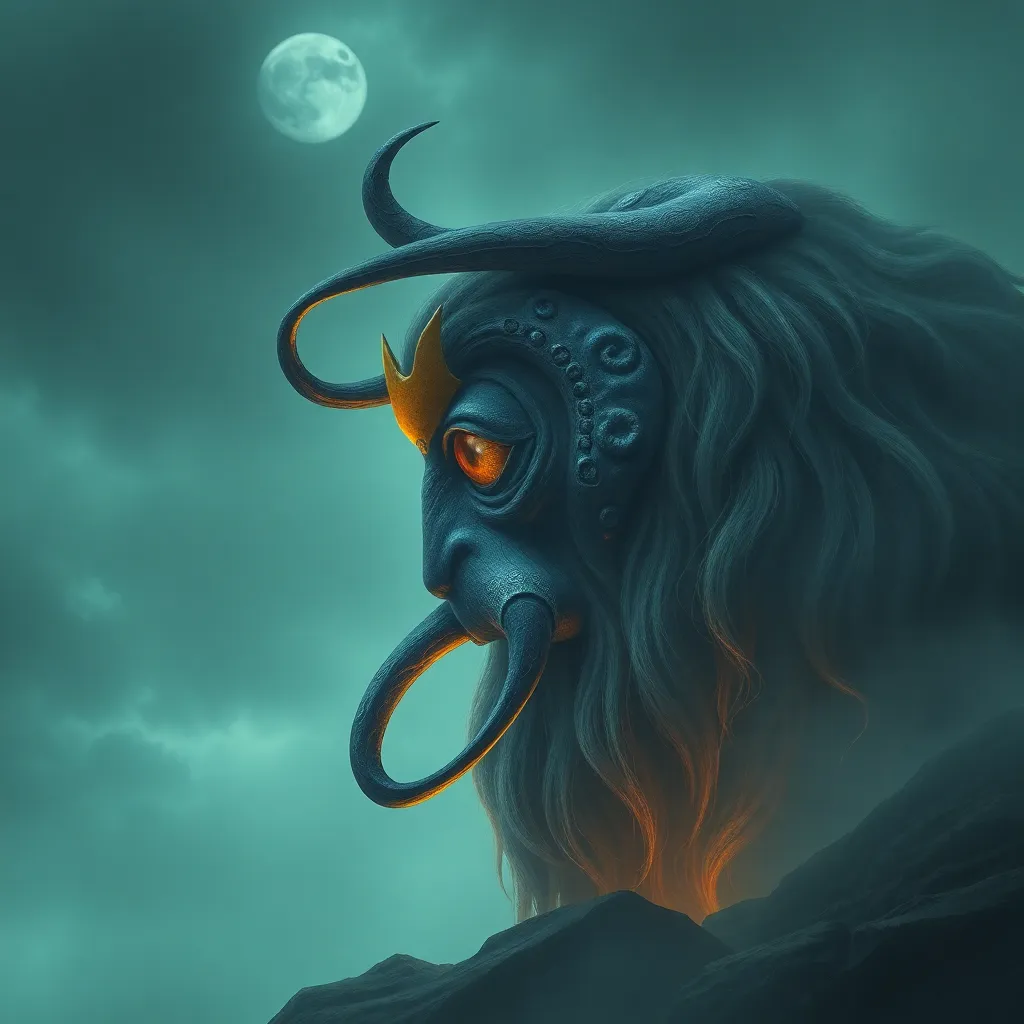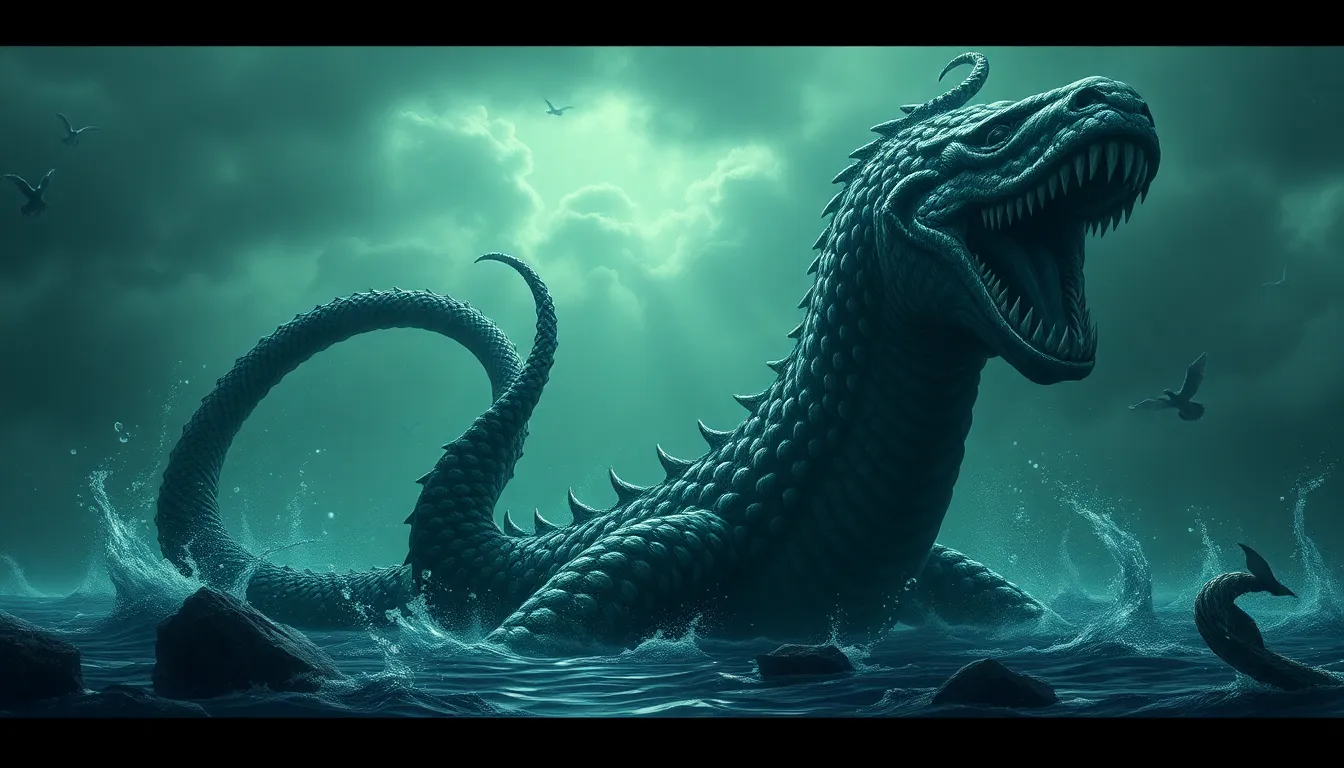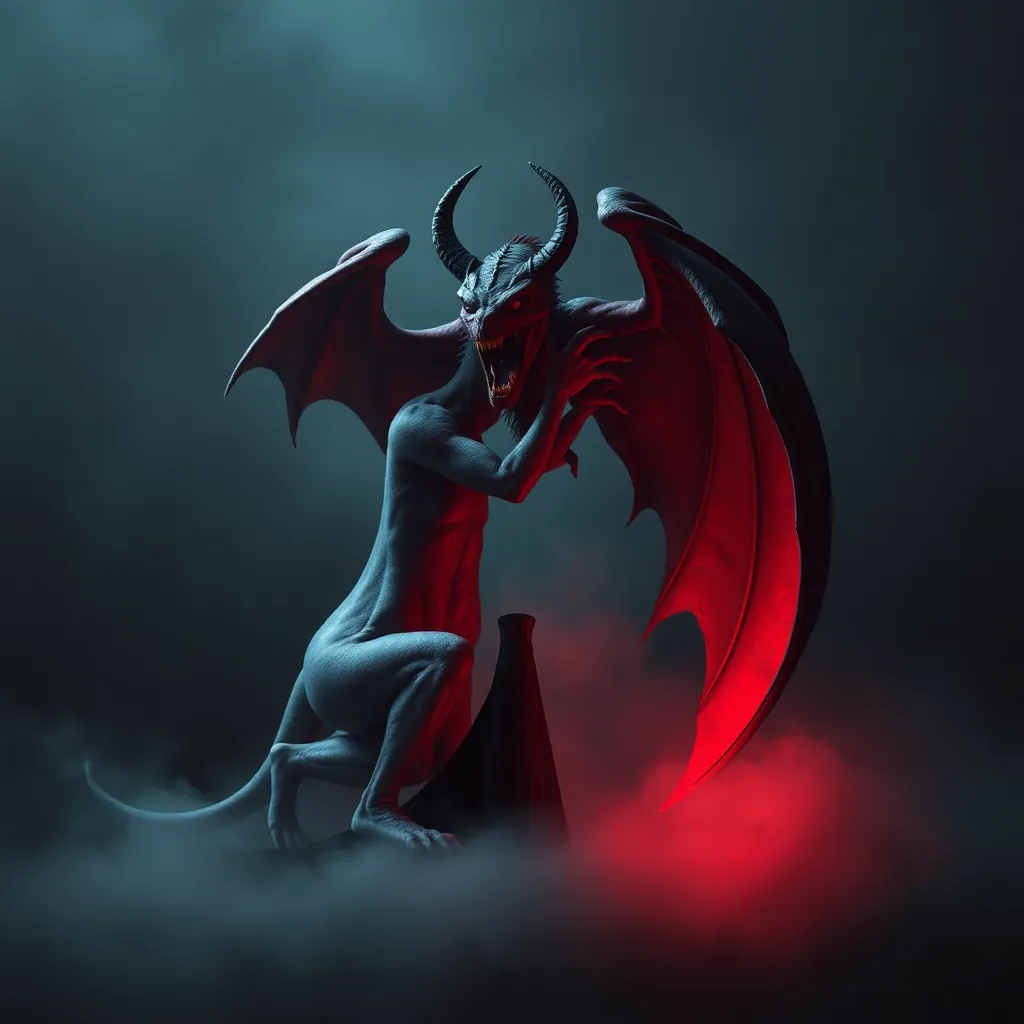The Cyclops in Norse Poetry: Examining the Depiction of the One-Eyed Giant in Norse Poems
I. Introduction
Norse mythology is a rich tapestry of stories, characters, and beliefs that have significantly influenced literature and culture in the Western world. At its core are the tales of gods, giants, and various creatures that inhabit a universe filled with conflict and cooperation. Among these mythological figures, the Cyclops stands out as a unique entity, often characterized by its singular eye and enormous stature.
This article aims to explore the depiction of the Cyclops within Norse poetry, examining its origins, significance, and the thematic roles it plays in the broader context of Norse mythology.
II. Historical Context of Norse Poetry
The Norse poetic tradition has its origins in the early medieval period, flourishing particularly between the 8th and 13th centuries. This body of work includes a variety of forms, such as skaldic poetry and Eddaic poetry, and reflects the complex worldview of the Norse people.
Key themes and motifs in Norse poetry often revolve around heroism, fate, and the natural world. The oral tradition played a crucial role in preserving these myths, as poets would recite them from memory, ensuring that the stories of gods, giants, and creatures were passed down through generations.
III. The Cyclops in Mythology: A Comparative Analysis
The Cyclops has origins in various ancient literatures, most notably in Greek mythology. In Greek tales, Cyclopes are often described as brutish and solitary beings, exemplified by Polyphemus in Homer’s “Odyssey.”
When comparing the Norse Cyclops to its Greek counterpart, several differences emerge:
- Norse Cyclopes are often depicted in a more chaotic and tempestuous manner.
- While Greek Cyclopes are associated with craftsmanship and the forging of weapons, Norse Cyclopes embody more primal and destructive forces.
Unique characteristics of the Norse Cyclops include its role as a formidable opponent to gods and heroes, symbolizing the chaotic elements of nature and the unknown.
IV. Key Norse Texts Featuring the Cyclops
Several notable poems and sagas feature references to Cyclopes, enhancing our understanding of their role in Norse mythology. Key texts include:
- “Völuspá” – A prophetic poem that hints at the chaos brought by giants.
- “Hárbarðsljóð” – A dialogue between gods and a giant, showcasing the interplay between divine and chaotic forces.
A detailed analysis of these texts reveals that the Cyclops often symbolizes the unpredictable and tumultuous aspects of existence, reflecting the Norse understanding of the world as a place of constant struggle.
V. Symbolism and Interpretation of the Cyclops
The Cyclops serves as a potent symbol within Norse mythology, representing chaos and primal forces. Its single eye is often interpreted as a metaphor for focus, insight, and the dangers of singularity of vision, which can lead to destructive behavior.
The implications of the one-eyed motif in Norse culture extend beyond mere physical description. It can be seen as:
- A representation of isolation and otherness, highlighting the Cyclops’s detachment from both gods and humans.
- A symbol of the unpredictable and often violent nature of the cosmos, underscoring the Norse belief in the ever-present struggle between order and chaos.
VI. The Cyclops in Modern Adaptations and Interpretations
The influence of the Norse Cyclops has permeated contemporary literature and media, inspiring numerous adaptations. Modern interpretations often reimagine the Cyclops as a more complex character, embodying themes of loneliness, strength, and the struggle for identity.
Examples of modern adaptations include:
- Fantasy novels that draw on Norse mythology for character development.
- Films and television series that portray Cyclopes in diverse roles, reflecting contemporary societal issues.
The relevance of the Cyclops in modern discussions of mythology highlights its adaptability and the timeless nature of mythological themes.
VII. The Cyclops in the Broader Context of Norse Mythology
In the expansive realm of Norse mythology, the Cyclops is connected to other mythological beings, particularly giants, who play a significant role in the cosmic struggle against the gods. The relationship between the Cyclops and these beings emphasizes the themes of chaos and the natural order.
The Cyclops serves as a bridge between gods and chaos, illustrating the delicate balance that exists within Norse cosmology. This connection is essential for understanding the overarching narratives of conflict and resolution found in Norse myths.
VIII. Conclusion
In summary, the exploration of the Cyclops in Norse poetry reveals a multifaceted character that embodies chaos, isolation, and the struggle between order and disorder. The Cyclops serves as a critical figure within the mythological landscape, linking various themes and motifs central to Norse beliefs.
The enduring legacy of the Cyclops in cultural narratives speaks to the power of mythology to adapt and resonate across ages. By studying such mythological figures, we gain insights into the human experience and the timeless questions that continue to shape our understanding of the world.



